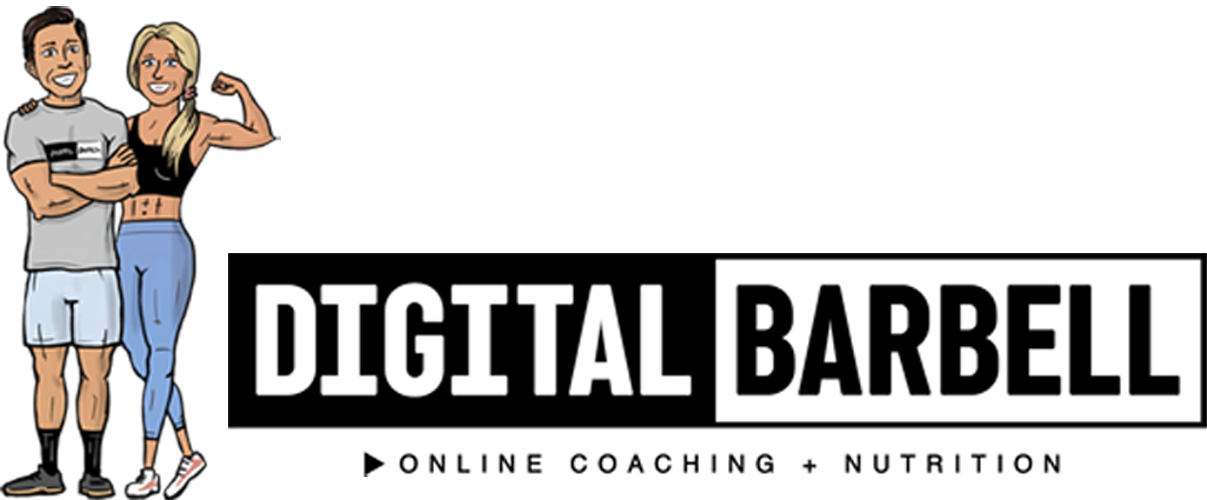How To Write A Great Workout Program - 5 Simple Steps
You’ve decided to start working out.
You got your membership or you scored some gear to work out at home.
You got a hot new outfit and the perfect tunes ready to roll.
But then you realize after you crack your knuckles and start the music that you actually aren’t sure what you should be doing.
Well it’s your lucky day! Keep reading.
Making progress in the gym doesn’t have to be overly complicated, but it does require some thought and planning.
Here are some things to consider when making your plan.
How to write a good workout program:
STEP ONE: MOVEMENT SELECTION BALANCE
Build the base of your program around the compound lifts like the squat, bench press, overhead press, and deadlift.
Why you ask?
These lifts will involve the most amount of muscle per exercise and will give you full body strength.
After those are in place, use accessory exercises to target smaller muscle groups, combined with other functional exercises that involve more than one muscle group at a time.
A couple of examples would be barbell curls that can be loaded heavily combined with dips that challenge the shoulders, triceps and chest all at once.
Be sure to include just as many if not more pulling exercises like rows as pushing exercises like presses to keep your back and shoulders healthy.
STEP TWO: PROGRESSION
You should be trying to get stronger. And to get stronger, your program needs to have progression built into it.
There are different ways to build progression into a program but one of the best is the “double progression” model.
Here’s an example: This week you will do 3 sets of 8 overhead presses at 50lbs. Next week you’ll stay at 50lbs but do 3 sets of 10. The following week you’ll do 3 sets of 12 at 50lbs and then the following week you’ll go back to 3 sets of 8 but at 55lbs.
We’ll drive your strength up with increased volume (reps) and then later we bring the volume back down but increase the weight.
You can make tremendous progress in this fashion. We can’t stress enough the importance of keeping track of your workouts and using progression to drive improvement.
We use this technique with ALL of our clients in their custom program, and in our FREE 5 -Week “Arms, Abs, A… You Know The Rest” program. Grab it below!
STEP THREE: ENERGY SYSTEM TRAINING
Our bodies have 3 different systems that work in concert to provide us with energy for physical activity.
One is for super short, super high-intensity work. One is for intense work that lasts just a bit longer, and one provides us with sustained energy at a lower intensity.
When you’re setting up your training, it’s important to develop each of these systems. It can be uncomfortable to run sprints or go super hard on the assault bike for 30 seconds, but if you include training for each energy system you’ll be a much more well-rounded athlete with fantastic heart health.
STEP FOUR: RECOVERY
We don’t actually get stronger while we’re working out or lifting weights.
We get stronger when we RECOVER from lifting weights.
If you’re hammering yourself day after day, week after week but not recovering, you’re going to end up burnt out and possibly injured.
Take days of rest during the week, and take a de-load week every 4-6 weeks to give your body a chance to deal with accumulated fatigue.
You’ll be grateful in the long run.
STEP FIVE: ACCOUNTABILITY
I don’t think you’d be surprised to know that most successful people in all areas of life have some degree of accountability to someone.
Get yourself a training partner, a friend, or a coach that knows if you’re staying consistent with your plan. It really does make a difference.
If all of this sounds good, but you’d rather just take a shortcut and work with us, we can do that! Reach out HERE today.
